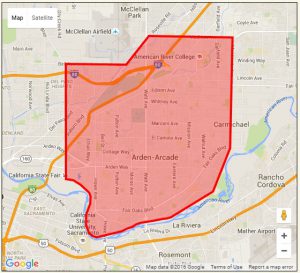Ignoring warning signs, a man was injured today and airlifted to a hospital after jumping off the Highway 49 bridge near Auburn into the shallow American River.
The 46-year-old man jumped at 1:15 p.m. off the bridge into the water below, swam to shore but asked a woman 15 minutes later to call 911 because he was injured and encountering numbness, State Parks Ranger Guy Chrisos said.
The call touched off an emergency response that sent Cal Fire and Auburn Fire personnel to the confluence, about 2 miles below Auburn in the American River canyon. The man, whose name was not released by authorities, was placed in a backboard and carried by emergency personnel up to a waiting California Highway Patrol helicopter for transport to a hospital at 2:15 p.m.
Chrisos estimated the drop off the bridge is about 65 feet and the water below is perhaps 10 feet to 15 feet deep.
More at AuburnJournal.com >>>

